Last evening (4/11/19), I had the pleasure of guest lecturing in Prof. Katherine D. Harris’s graduate seminar, “#Bigger6: Decolonizing British Romantic Literature (1775-1835) through Print Culture” (ENGL 232, SJSU), from 7-8:30pm. My presentation had two parts. First, I gave a 45-minute lecture on the Stainforth library and its potential as #bigger6 activism, or the broadening of the scope of Romanticism beyond the study of the same 6-ish white male writers (John Keats, William Wordsworth, Samuel Taylor Coleridge, George Gordon Byron, Percy Shelley, William Blake, plus Sir Walter Scott, etc.). After this, I led a 30-minute exploration of DH project planning and management. I include my slides below with big take-aways. (Note: there are several slides we didn’t get to in my talk, as I had to do some cropping on the fly for time management.)
Rather than giving straight lectures with slides, I really enjoyed including activities in both parts of my presentation. They gave the audience of graduate students a chance to explore stainforth.scu.edu and the Stainforth library catalog itself, and I also got to know the students and their interests a little bit. It was essential that we had a cart of laptops on hand so that everyone could participate.
Activity #1, cross-reference editing:
After a brief introduction to my thesis, and before giving the long description of the Stainforth library and my argument for women’s book history, I had students work in a shared Google Sheet on a digital editorial task that is currently underway. They had a list of cross-references that occur in the Stainforth manuscript catalog, and their job was to use the digitized catalog to browse or search in order to locate what page and line number to link cross-references to. They had the chance to explore the range of authors, the oddities, and the mechanics of the catalog from an editorial position. The activity took a bit longer than I expected, but it worked well as a demonstration of how different Romantic literature looks when there are no male authors and few, if any, novels.
Activity #2, the game of DH
For this, I tweaked a game I developed with Marie-Louise Coolahan for the Women’s Book History Symposium at the Folger Shakespeare Library. I split students into 3 teams. Each team had a different scenario of resources and constraints. Their task was to create a vision statement or project plan for a digital project of their choice given their unique scenario. We gave each team a menu of possibilities for how to digitize their projects, with options loosely tagged by how $$$ they are and how much time they will take.
Group 1: You won a HUGE external grant. Woohoo!
- Budget: $500,000 to spend over 5 years.
- Team: You have 4 dedicated scholars, 2 librarians, a programmer (@ $150/hr), and 2 paid graduate student assistants.
Group 2: You snagged a coveted internal university research grant! Now what?
- Budget: $10,000 to spend over 3 years.
- Team: 2 scholars (teaching a full load), 1 librarian. If you hire a programmer, they cost $150/hr.
Group 3: You’re really excited and on a shoestring budget!
- Budget: $500, timeline undefined.
- Team: 1 scholar (teaching a full load), 1 paid student research assistant
After 15 minutes of drafting vision statements and project plans, I delivered Joker Cards/Wildcards that change the scenario. Group 1 loses 3 team members to the job market but has only 2 years left to complete their project. In Group 2, the programmer leaves them for a higher paying job, leaves a sound data infrastructure in tact, but the project team discovers their data doesn’t quite fit their data model. How to adjust with no programmer? Group 3 meets a philanthropist who throws money at their project, but they are still on a very short timeline. How much more can they accomplish given added resources but no additional time? Groups must revise their vision statements and share how they made their decisions.
I appreciated the opportunity to lead these 2 lectures and activities during the same, long program. It was a rare opportunity to speak about the two parts of my scholarship in dialogue: (a) research/writing about the Stainforth library AND (b) directing/editing the digital project. I do both every week; frankly, every day. Yet, it is rare that I have a forum to share, explore, and answer questions about how they fit together especially in terms of the work they do to diversify the field.

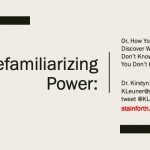
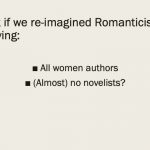
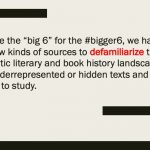
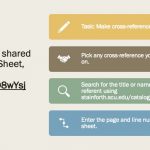
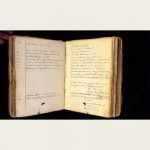
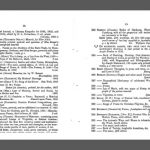
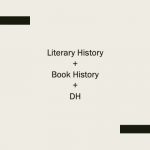
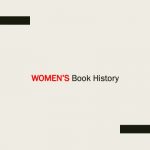
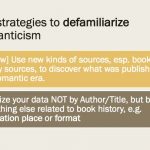
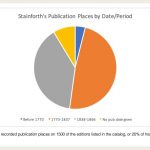
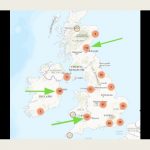
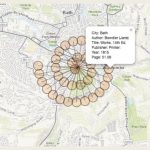
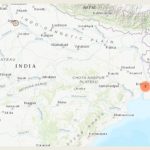
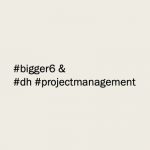
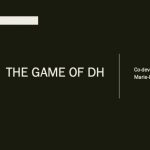
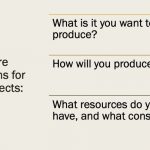
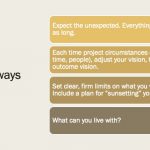
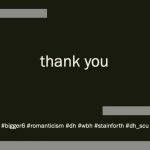
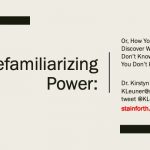
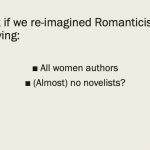
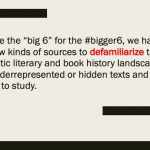
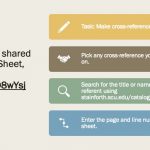
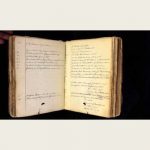
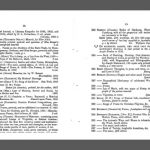
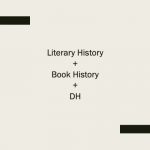
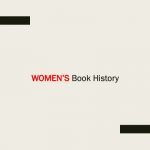

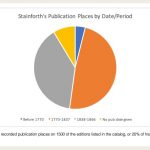

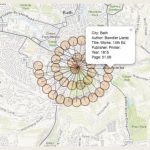
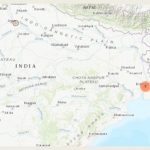
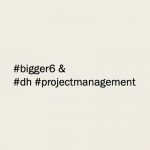
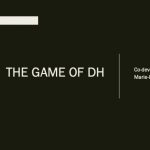
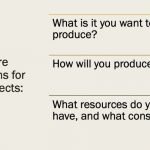
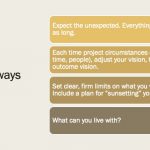
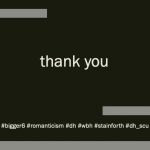
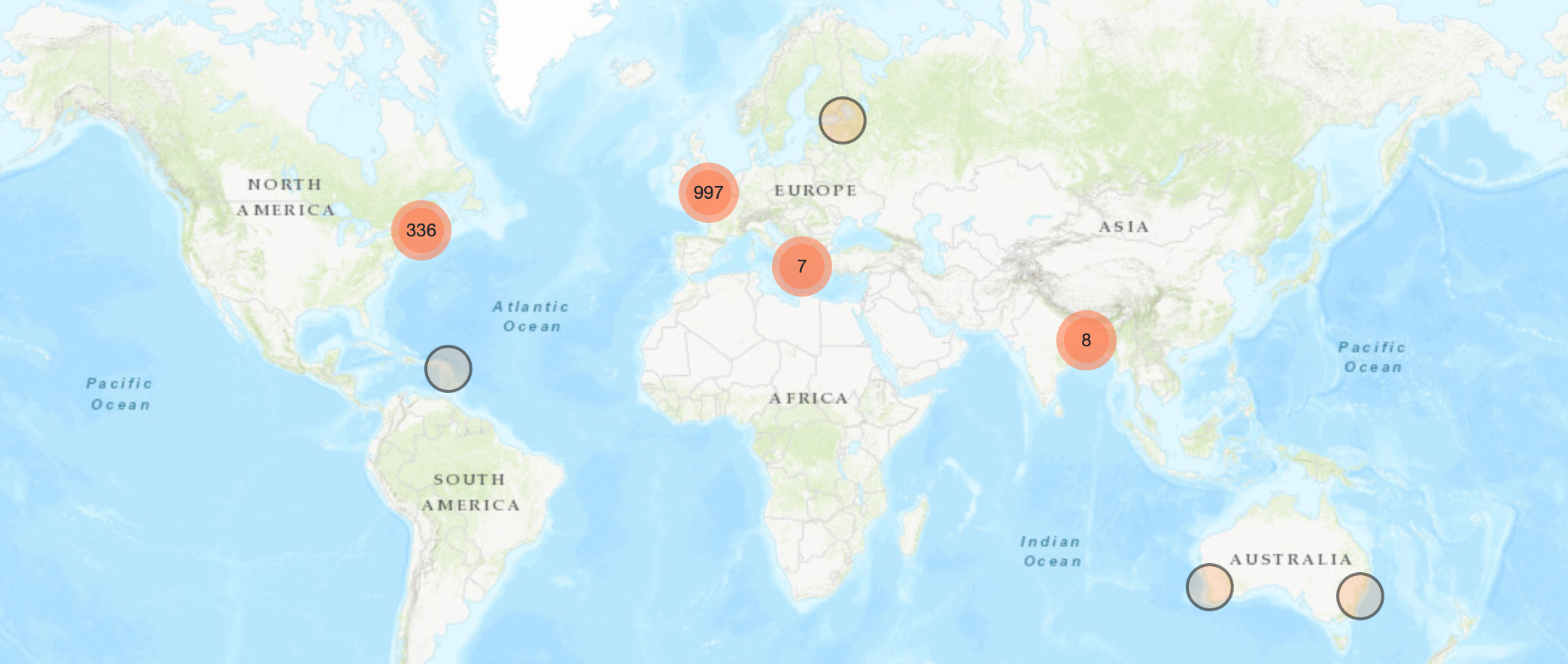

2 thoughts on “Guest lecture @ SJSU, #bigger6 graduate seminar, with activities”